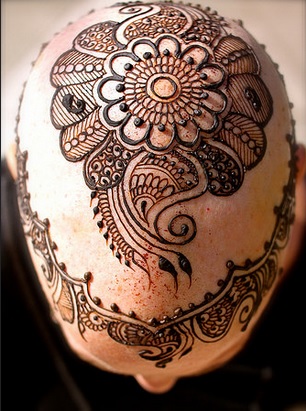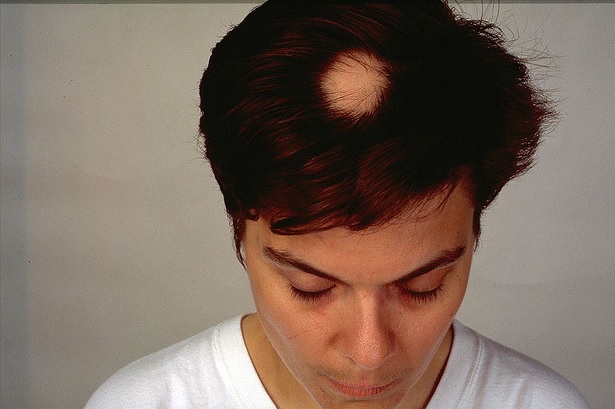Alopecia Universalis, Areata and Totalis, What’s the Difference ?
Universalis. The most severe version of the set, involving a total loss of hair on your entire body. People who have it are born with hair, but it quickly falls out. Often those diagnosed might also have thyroid disease or vitiligo, but that’s not necessary; those who suffer from it can also be otherwise completely healthy. It’s not entirely known what causes Alopecia Universalis, but research indicates that the disorder is inherited, and a gene mutation is involved.
Those with the condition must protect themselves from the sun, bacteria and other potential dangers, as their lack of body hair leaves many areas on their body, including the scalp, eyes and nasal cavity, particularly vulnerable to harm.
According to the National Alopecia Areata Foundation, fingernails and toenails can also be affected. Symptoms in the nails can range from pinprick-like indentations, to severe distortion of the entire nail. Alopecia Universalis may be acute and short-lived or remain permanently.
Areata. A very common condition where bald patches appear on the scalp, often trigged when your body’s autoimmune response decides your hair follicles are foreign elements that must be rejected from your system. The potential causes of Alopecia Areata are many, ranging from pregnancy, use of birth control pills, thyroid disorders, anemia, syphilis and arthritis.
The good news it that it can often be reversed if the case is not too severe, and hair will return once the immune balance is restored. A careful review of your medical history is key to determining the proper approach for treatment, and while there is no total guaranteed cure, many with this condition are good candidates for hair restoration with Follicular Unit Extraction.
Totalis. A condition where the entire scalp loses all of its hair, resulting in total baldness. Sometimes it happens all at once, sometimes it begins with patches of hair loss that expand over time. Though it can affect people of all ages, most of those suffering from Alopecia Totalis are children and adults under age 40.
As with Areata, it’s triggered when your body’s autoimmune system attacks your hair follicles. Like alopecia areata, these autoimmune conditions are not treatable by hair transplantation since the immune system would again attack the newly grafted hair. The most effective therapy remains medical.
Have more questions about your hair loss pattern? Contact Dr. Umar for a free online consultation today.


